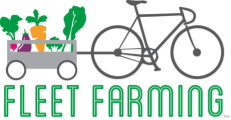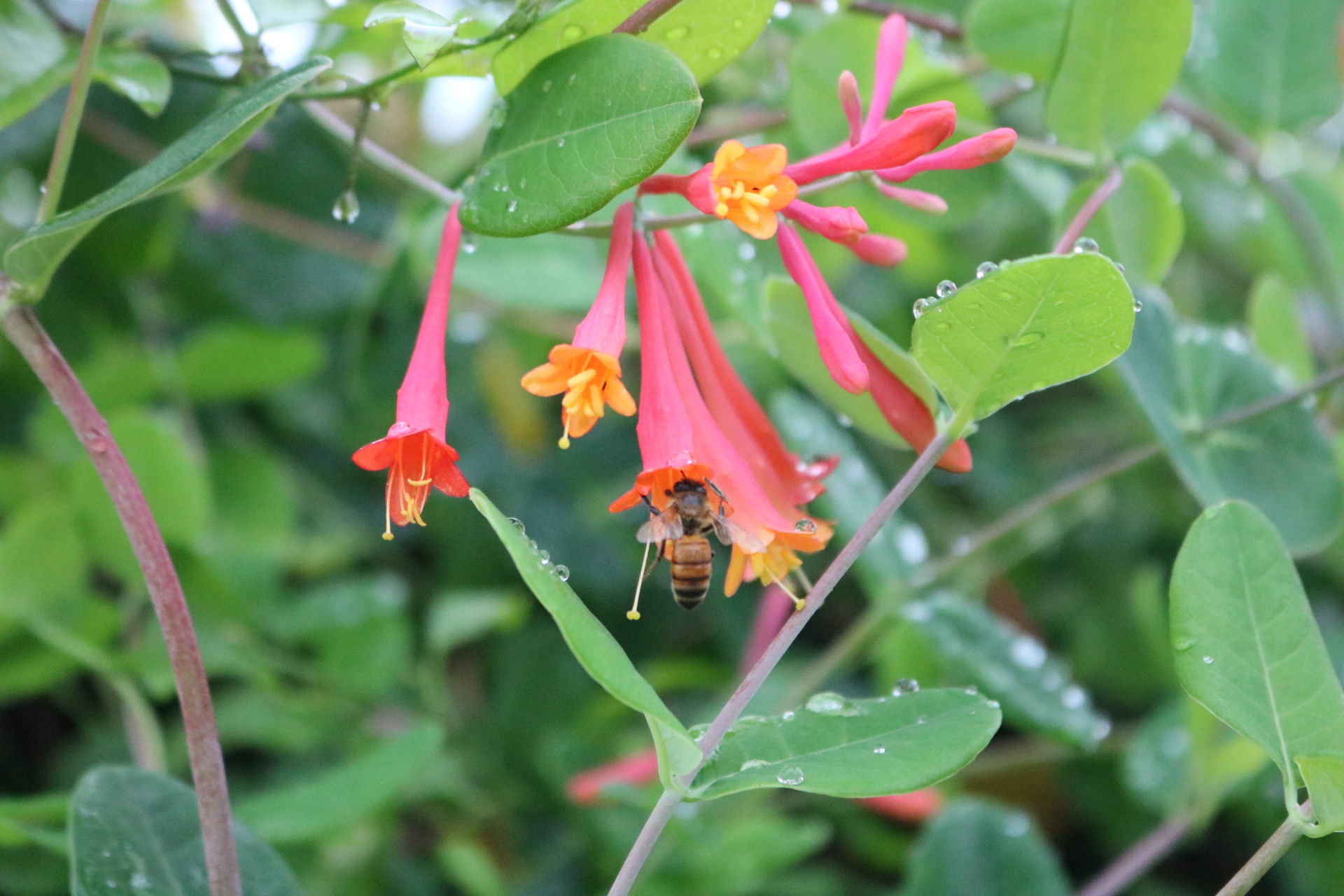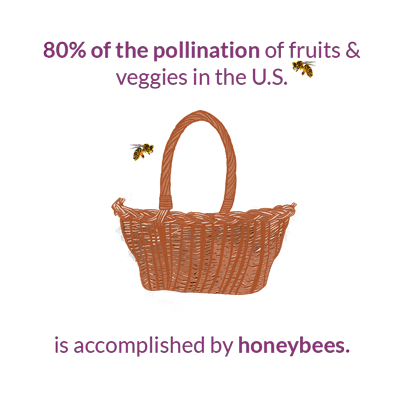
If we could give any pollinator an MVP award, it would probably have to go to the bee. Admittedly, every pollinator deserves one, but these buzzing workers make more than just honey. Actually, they are responsible for the pollination of about $15 billion worth of crops every year! Some people may think they are a nuisance, but what they don’t realize is that bees help produce several of our favorite foods such as apples, oranges, avocados, cucumbers, and so many more. Without the help of bees and other pollinators, plants would not be able to reproduce and grow these crops for us to enjoy on a daily basis.
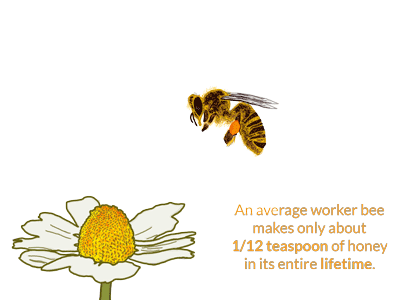
Bee populations have been declining for over 60 years in the United States, but the rate at which they are declining has become increasingly alarming over the past 10 years. There are many reasons why, including pesticide poisoning, colony collapse disorder, diseases and parasites, climate change, and habitat loss. Most people are familiar with the black-and-yellow striped bumblebees and honeybees, but according to the USDA, there are over 4,000 species of native bees in the United States alone! An average worker bee will only make about 1/12 of a teaspoon of honey in its entire lifetime. This is one of the many reasons why it’s important that we help restore the declining populations.
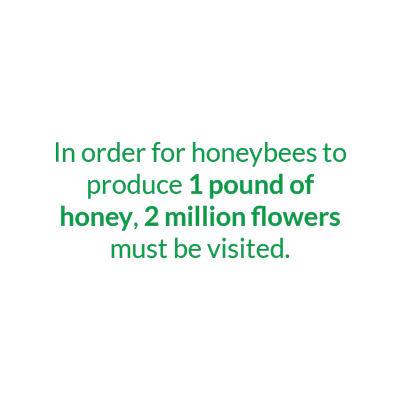
The important follow-up question we should be asking now is “how can we help? A simple and effective way to help bees and other pollinators is by planting native flowers to attract and provide food for them. If you already have a fruits and vegetables garden, bordering it with native flowers will be beneficial for both the pollination of your crops and the pollinators! However, don’t forget that pesticides are harmful to pollinators. There are several alternatives that will keep your garden and our pollinator friends happy and healthy! To learn more on how you can be a superhero and help save the bees visit https://savebees.org.
Sources: Sos-bees.org, GoldenBlossomHoney.com, NRDC.org
